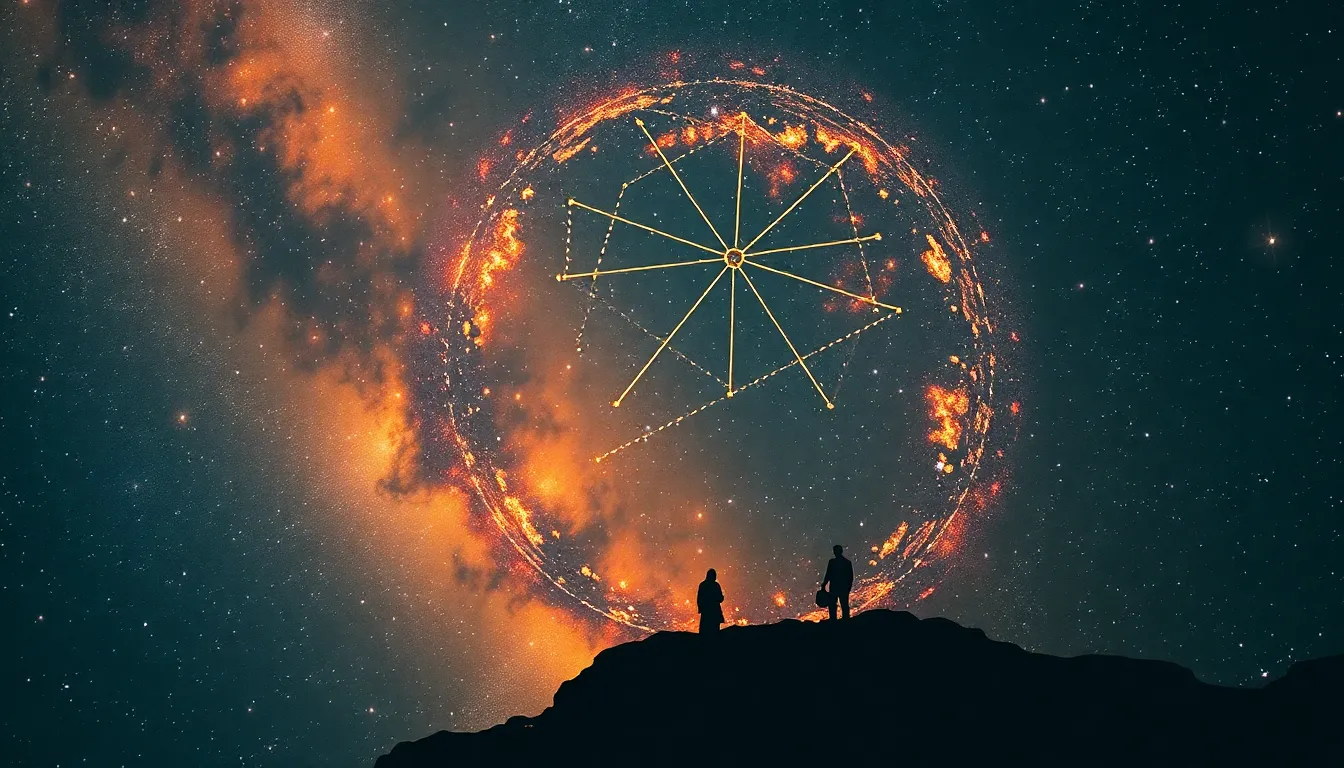The Symbolism of Endings and Beginnings in Roman Mythology
The Themes of Endings and Beginnings in Roman Mythology
Roman mythology, rich with symbolism, captures the cyclical nature of life through the pervasive themes of endings and beginnings. Endings are often represented as necessary closures that pave the way for new beginnings, illustrating the ever-flowing cycle of life and transformation. In Roman mythology, deities like Janus, the god of transitions, embody this duality, with his famous two faces looking simultaneously to the past and the future.
The Significance of Roman Gods and Goddesses in Endings and Beginnings
Roman mythology is replete with gods and goddesses who embody the symbolic significance of endings and beginnings. Saturn, associated with agriculture and time, symbolizes both the harvest (an ending) and the sowing of seeds for a new cycle (a beginning). Meanwhile, goddesses like Ceres, the deity of agriculture and fertility, embody the concept of growth emerging from the end of winter, symbolizing the renewal of life and the beginning of a new season.
Myths Depicting Endings and Beginnings in Roman Mythology
Numerous myths in Roman mythology depict the symbolism of endings and beginnings. The story of Pluto and Persephone, for example, symbolizes the cyclical nature of life through Persephone’s yearly cycle of being kidnapped by Pluto (endings – descent into the Underworld) and then returning to the earth, marking the beginning of spring and plant growth. Additionally, the myth of Janus illustrates the transition from the old year to the new, emphasizing the significance of closure and initiation.
Interpreting Roman Mythology’s Cycle of Endings and Beginnings
By delving into Roman mythology, we can gain a deeper understanding of the profound cyclical nature of life’s endings and beginnings. Endings in these myths are not finalities but rather opportunities for regeneration and fresh starts. Beginnings are not just arbitrary points but are shaped by the closures that precede them, signifying the importance of reflecting on the past while embracing the future. Roman mythology ultimately reminds us that every ending is a prelude to a new beginning, echoing the perpetual rhythm of nature itself, bringing an everlasting cycle of growth, change, and renewal.

FAQ about The Symbolism of Endings and Beginnings in Roman Mythology
What is the significance of endings and beginnings in Roman mythology?
In Roman mythology, endings and beginnings are often symbolic of cycles of life, renewal, and transformation. Endings signify closure and completion, while beginnings represent new opportunities, growth, and rebirth.
How do Roman myths illustrate the themes of endings and beginnings?
Myths such as the story of the god Janus, who is depicted with two faces looking in opposite directions, symbolize the transition from past to future. The myth of Saturn, the god of time and agriculture, connects the end of one period to the start of another.
What role do endings and beginnings play in Roman rituals and festivals?
Roman ceremonies often marked the end of one phase and the beginning of another, such as the festival of Saturnalia celebrating the end of the agricultural year and the birth of a new one. These rituals reflected the cyclical nature of life and the importance of transition.



